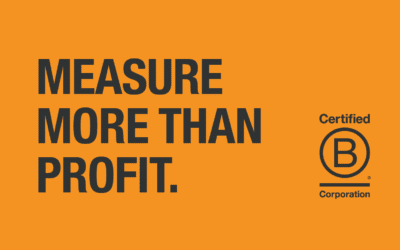E-commerce marketing strategies: Driving sales and conversions

By Ben Robson
Co-founder, GOAT
In the dynamic landscape of e-commerce, where competition is fierce and consumer behaviour constantly evolves, having a robust marketing strategy is essential for driving sales and conversions. In this comprehensive guide, we’ll explore effective e-commerce marketing strategies that can elevate your online store, attract customers, and boost your bottom line.
1. Comprehensive social media marketing
Harness the power of social media to connect with your audience and drive sales. Utilise platforms like Facebook, Instagram, and Pinterest to showcase your products through visually appealing content. Run targeted ad campaigns, leverage influencers, and encourage user-generated content to enhance engagement and create a buzz around your brand.
2. Implement a content marketing strategy
Create valuable and informative content to engage your audience and establish your brand as an authority in your niche. Develop blog posts, how-to guides, and product tutorials that address your customers’ pain points. This not only enhances your SEO but also provides potential customers with the information they need to make informed purchasing decisions.
3. Personalised email marketing campaigns
Build and nurture relationships with your customers through personalised email marketing campaigns. Segment your email list based on customer behaviour, preferences, and purchase history. Send targeted messages, such as product recommendations, exclusive promotions, and personalised offers, to encourage repeat business and increase customer loyalty.
4. Optimise for mobile shopping
Given the increasing prevalence of mobile shopping, ensure that your e-commerce website is optimised for mobile devices. Implement a responsive design, streamline the checkout process, and prioritise a mobile-friendly user interface. A seamless mobile experience can significantly impact your conversion rates.
5. Leverage influencer marketing
Collaborate with influencers in your industry to expand your reach and build credibility. Influencers can introduce your products to their engaged audience, providing authentic endorsements that resonate with potential customers. Choose influencers whose values align with your brand for maximum impact.
6. Utilise paid advertising campaigns
Invest in paid advertising campaigns, such as Google Ads and social media ads, to increase your online visibility and attract targeted traffic. Use compelling ad copy, high-quality visuals, and precise targeting to reach your ideal customer demographic. Regularly analyse and adjust your campaigns based on performance data.
7. Implement a loyalty programme
Encourage customer retention and repeat purchases by implementing a loyalty program. Reward customers for their loyalty with points, discounts, or exclusive access to promotions. A well-designed loyalty program can foster a sense of community and turn one-time buyers into repeat customers.
8. Optimise product pages for conversions
Optimise your product pages for conversions by providing clear and compelling product descriptions, high-quality images, and user reviews. Implement trust signals such as secure payment options, return policies, and customer support information to instil confidence in potential buyers.
9. Social proof and reviews
Highlight customer testimonials and reviews on your website to build trust and credibility. Encourage satisfied customers to leave reviews and showcase them prominently on your product pages. Social proof is a powerful motivator for prospective buyers.
10. Continuous A/B testing and analytics monitoring
Regularly conduct A/B testing on various elements of your website and marketing campaigns. Test different headlines, visuals, calls-to-action, and pricing strategies to identify what resonates best with your audience. Monitor analytics data to gain insights into user behaviour and adjust your strategies accordingly.
In the fast-paced world of e-commerce, a well-crafted marketing strategy is the linchpin for success. By combining the power of social media, content marketing, personalised email campaigns, and strategic partnerships, you can create a dynamic and engaging online shopping experience. Stay agile, embrace innovation, and implement these e-commerce marketing strategies to drive sales, foster customer loyalty, and position your brand for sustained success in the competitive e-commerce landscape.
Keep reading?
Our 2022/23 impact report
We are pleased to share our 22 / 23 impact report
GOAT is a certified B Corporation
We are delighted to announce GOAT is now officially a certified B Corporation ?
Google helps the individual in the fight against climate breakdown
Google announces a number of innovations to help the individual do a bit more in the fight against climate change.



